The Ati tribe Boracay, indigenous to the island, faces significant challenges due to tourism. This article will explore their history, cultural practices, and ongoing efforts to preserve their way of life amid the island’s development pressures.
Roots & Realities: What You Should Know
- The Ati tribe, Boracay’s original inhabitants, share a profound cultural bond with the island—a connection vital to protecting their heritage in the face of rapid tourism.
- While the Ati have legal rights to their ancestral land, they continue to confront challenges such as land disputes and the impacts of unchecked development.
- Community-led tourism offers a path to empowerment—through meaningful cultural exchanges and income opportunities—but it must be practiced respectfully and sustainably to truly benefit the Ati people.
Table of Contents
Discovering the Indigenous Tribe on Boracay Island
Boracay Island, famous for its pristine beaches, is also the homeland of the Ati tribe, the island’s original inhabitants. The Ati’s centuries-long connection to Boracay and reliance on its natural resources have sustained their way of life. Their culture and traditions are deeply rooted in the land, making their presence an essential part of the island’s history and identity.
Their relationship with the lands is mirrored in their traditional practices, which have evolved harmoniously with the environment. This bond with their ancestral land is central to their identity, shaping their customs, rituals, and daily lives. Natives and tribes have maintained this connection through generations, making it one of the world’s most enduring cultural legacies.
Explored the history and challenges faced by the Ati tribe deepens our appreciation for their enduring cultural legacy.
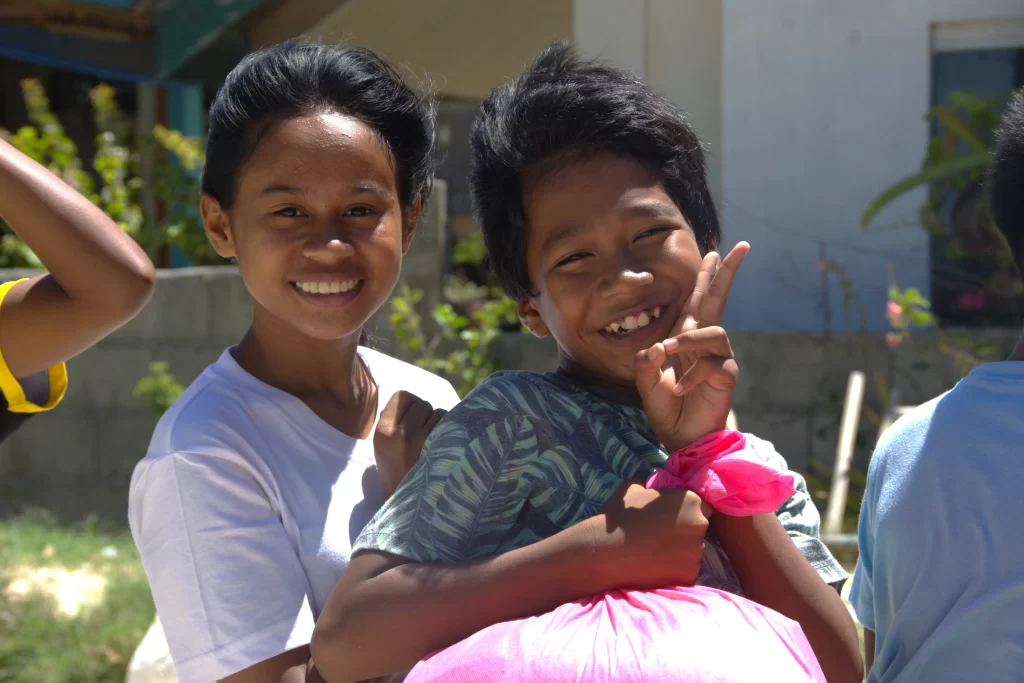
The Ancestral Domain Title
In 2010, the Ati community’s rights to their ancestral land were legally recognized with the issuance of a Certificate of Ancestral Domain Title. This landmark decision was further upheld by the Supreme Court in 2019, reinforcing the Ati’s ownership rights amid ongoing legal challenges from developers.
These land titles protect the Ati’s heritage and enable them to maintain their cultural practices on their ancestral land.
Life in Barangay Manoc-Manoc
Life in Barangay Manoc-Manoc, a village on Boracay Island, is a testament to the Ati tribe’s resilience in preserving their cultural identity amidst modern pressures. Despite the influx of tourism and the resulting displacement, the Ati continue to uphold their traditional practices and cultural heritage. Agricultural training programs have been initiated to enhance self-sufficiency, allowing the Ati to cultivate crops like dragon fruit and vegetables, which are integral to their way of life.
The transition from a nomadic lifestyle to more permanent settlements has not diminished the significance of the Ati’s cultural practices. The tribal hall, part of a complex that includes homes and a ceremonial area, serves as a hub for educating visitors about Ati culture and traditions.
Even with the challenges posed by tourism development, the Ati community in Barangay Manoc-Manoc town remains dedicated to preserving their heritage and way of life.
The Role of the National Commission on Indigenous Peoples
The National Commission on Indigenous Peoples (NCIP) plays a crucial role in supporting the Ati tribe’s rights and living conditions. Through land grants and various initiatives, the NCIP advocates for the cultural identity and heritage of the Ati community. These efforts are vital for maintaining the Ati’s connection to their ancestral land and ensuring their cultural practices endure amidst the pressures of tourism and development.
Challenges Faced by the Ati Tribe
As Boracay Island gained fame, the rapid growth of tourism brought ongoing challenges for the indigenous Ati community. Despite previous government support, the Ati continue to face eviction threats from developers seeking to use their village land for commercial purposes. These pressures threaten not only their land titles but also their cultural identity and way of life.
The community struggles with housing insecurity, rising dependency on welfare, and even displacement, leaving some members homeless. At the same time, environmental degradation driven by tourism has disrupted traditional practices and reduced livelihood opportunities tied to the land.
Striking a balance between tourism expansion and the protection of indigenous rights remains an urgent and complex issue. The next section explores one of the most pressing concerns: land ownership disputes.
Land Ownership Disputes
The Ati tribe has been involved in protracted legal battles over land rights, with developers contesting their Certificates of Land Ownership Awards. Despite being granted land titles in 2018, the Ati’s efforts to reclaim their ancestral land are complicated by slow court processes and opposition from powerful hotel developers.
These disputes underscore the Atis’ ongoing struggle to secure and protect their ancestral land in Aklan against wealthy landowners.
Impact of Tourism Development
The transformation of Boracay from a quiet island to a globally known island paradise has come at a cost—especially for the indigenous Ati tribe. Rapid tourism growth has led to severe environmental degradation, affecting the land and ecosystems the Ati depend on. The destruction of natural habitats has disrupted their traditional way of life, making it harder to practice cultural rituals and sustain agricultural livelihoods.
As overtourism brings pollution and unchecked construction, many members of the indigenous Ati community have been rendered homeless, displaced from lands they’ve long occupied. Despite being among the first settlers in the south of Malay, the Ati often find themselves marginalized in decision-making processes that affect their ancestral lands.
The situation reflects a broader issue in the Philippines, where indigenous groups like the Ati are caught between modern development and the preservation of identity. Without mindful planning, the push for economic gain threatens to erase the very culture that makes Boracay unique.
Efforts to Preserve Culture and Heritage
Despite these hardships, the indigenous Ati tribe continues to fight for its place in Boracay’s evolving narrative. In Barangay Manoc-Manoc, the community engages in agriculture, growing dragon fruit, vegetables, and local fruit trees—not only for sustenance, but also as a way to stay connected to their roots and educate Filipinos and international visitors about their way of life.
The Ati’s participation in cultural festivals, like the Sand Festival, provides a vibrant platform to share their stories, crafts, and music. These events are not only celebrations but powerful tools for cultural preservation—helping tourists and locals alike better understand the indigenous Ati’s identity and values.
Community-led efforts show resilience and determination, proving that even amidst adversity, the Ati are reclaiming space and voice in the island they’ve called home long before Boracay became a top tourist destination.
Cultural Experiences with the Ati Tribe
Travelers to Boracay have the unique opportunity to engage with the Ati community through various cultural experiences. Participating in these activities not only fosters mutual understanding but also supports the Ati’s economy. From guided tours led by tribe members to purchasing traditional crafts, these experiences offer a deeper connection to the Ati’s heritage and traditions.
Participating in local Ati cultural events gives travelers a firsthand experience of the community’s heritage. Prioritizing local experiences that benefit the Ati people helps visitors contribute to cultural preservation while enjoying an enriching and respectful exchange.
Visiting the Tribal Hall
The Ati tribal hall serves as a central hub for preserving the cultural identity of the indigenous Ati tribe. Visitors can explore the rich traditions, stories, and artifacts that reflect the Ati tribe’s history and cultural heritage. The hall features demonstrations of traditional crafts and practices, allowing visitors to witness and engage with the culture firsthand.
Visiting the tribal hall offers insights into the Ati way of life and supports their efforts to maintain their cultural legacy.
Participating in the Ati-Atihan Festival
The Ati-Atihan Festival, celebrated in January, is renowned for its vibrant street parades and traditional dances that attract numerous tourists. Participants can immerse themselves in the colorful costumes, lively street dancing, and traditional music that characterize this festival.
This celebration offers a unique insight into the Ati’s cultural heritage and provides an unforgettable experience of the Ati people’s joyous spirit.
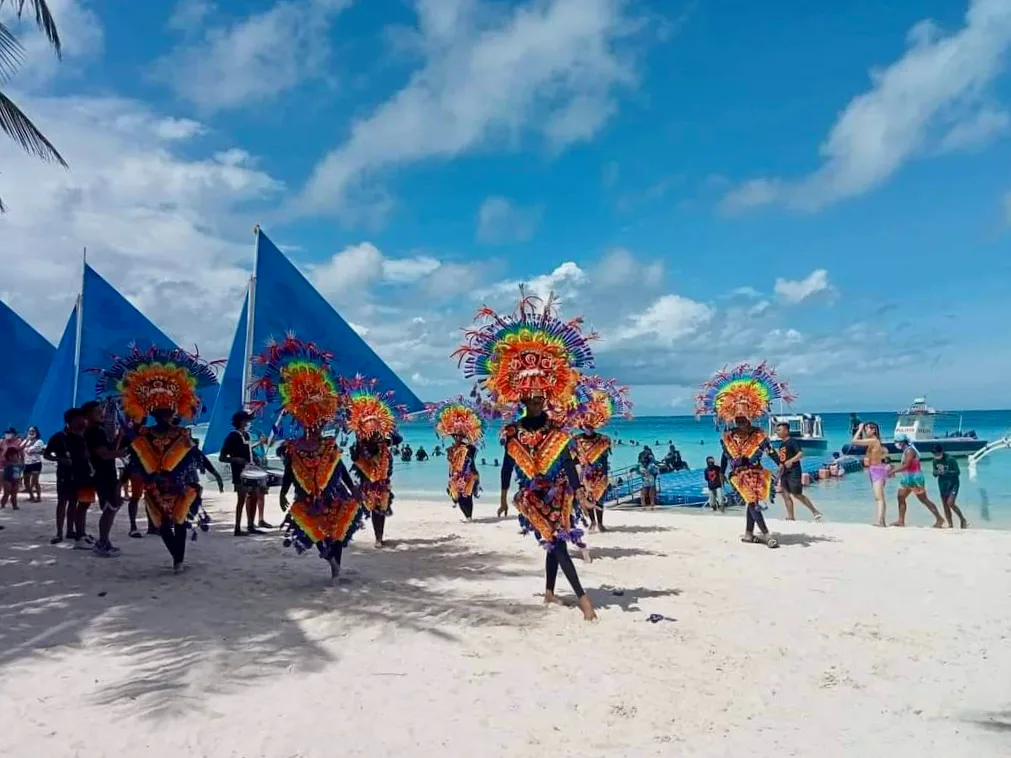
Learning Local Customs and Traditions
Interacting with the Ati community provides valuable insights into their customs and daily routines. Visitors can learn about traditional crafts, significant cultural practices, and the Ati’s way of life directly from tribe members. These experiences help preserve the Ati tribe’s unique culture amidst tourism pressures.
Traditional crafts are integral to Ati culture, and visitors can learn about these crafts firsthand. Participating in these activities enriches travelers’ understanding of the Ati’s heritage and contributes to preserving their traditions.
Supporting the Ati Community
Supporting the Ati tribe involves active participation in their economic and cultural sustenance. The National Commission on Indigenous Peoples has implemented programs to enhance the economic opportunities of the Ati community in Boracay, including skills training for Ati youth to improve their employment prospects in the tourism sector.
Travelers should use local guides and services to ensure their economic impact benefits the Ati people directly. Engaging in heritage events and supporting local crafts are some ways visitors can meaningfully contribute to the Ati community.
Responsible Tourism Practices
Responsible tourism practices are essential for preserving the Ati community and their environment. Travelers should seek to minimize their environmental impact, ensuring that their activities do not harm the natural habitat of the Ati.
Visitors should minimize waste and respect the local environment when visiting the Ati community. Dressing modestly and adhering to local customs demonstrate respect for the community.
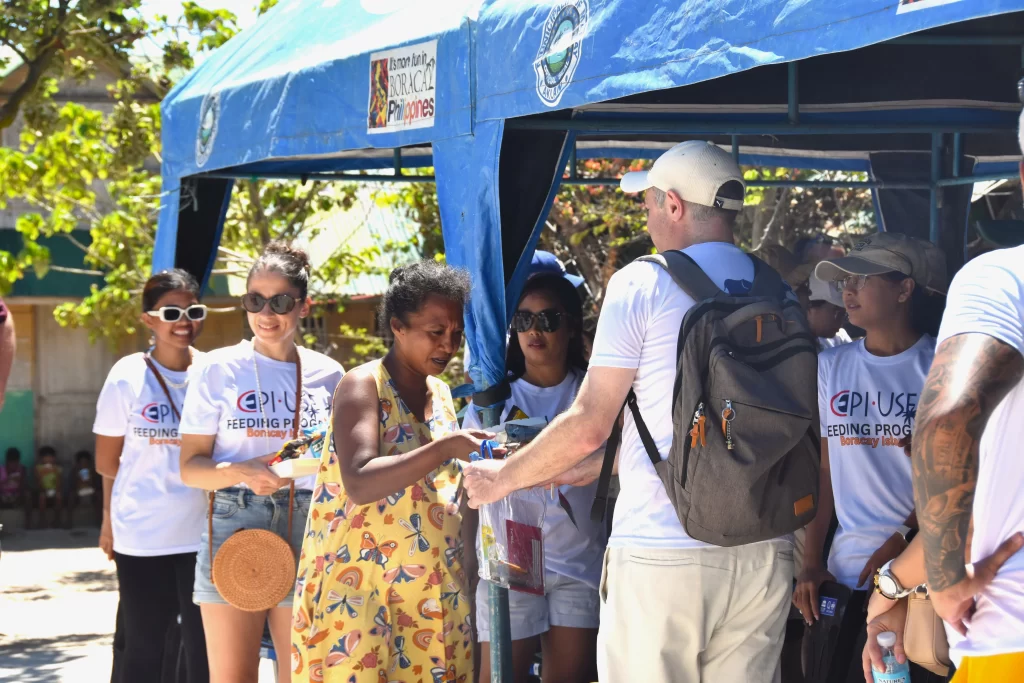
Volunteering and Donations
Local NGOs offer programs where travelers can volunteer in educational and health initiatives aimed at supporting the Ati people. Volunteers can assist in educational programs and community development initiatives that empower the Ati tribe and promote school involvement.
These efforts are crucial for safeguarding their traditions and improving their living conditions.
Promoting Ati Crafts and Products
Visitors can discover traditional crafts like weaving and wood carving, integral to the Ati’s cultural identity. Participating in these crafts enhances visitors’ appreciation of local customs and supports the artisans financially.
Unique handicrafts, including capiz shell crafts and woven bags, can be found at places like D’Mall and Talipapa Market. Purchasing these items directly from the artisans ensures that more income goes to the creators, supporting the Ati community.
Exploring Boracay Beyond the Beaches
While Boracay’s beaches are undoubtedly stunning, the island offers much more to explore beyond its sandy shores. Visitors can find a range of activities that cater to different interests, enriching their stay on Boracay Island. These activities include:
Sunset cruises
Local food experiences
ATV rides
E-bikes There’s something for everyone to enjoy.
Exploring Boracay beyond the beaches provides a more holistic experience of the island paradise. E-bikes are a popular choice for tourists wanting to explore Boracay independently, offering a convenient and eco-friendly way to discover hidden gems and local attractions.
Island Hopping Adventures
Puka Beach, known for its tranquil atmosphere and beautiful shells, is a top choice for those seeking a peaceful retreat. Its white sand and serene environment make it ideal for relaxation away from the crowds of the more popular beaches.
Similarly, Bulabog Beach offers a quieter alternative, popular for water sports like kiteboarding and windsurfing. These hidden gems provide a perfect escape for those looking to enjoy Boracay’s natural beauty in a more serene setting.
Island Hopping Adventures
Island hopping tours around Boracay Island reveal the stunning natural beauty and vibrant marine life of the region. Popular stops include:
Coral Garden
Carabao Island
Crocodile Island
The clear waters of Malamawi.
These tours offer fantastic snorkeling opportunities, such as at Ilig-Iligan Beach, known for its rich marine biodiversity. Joining an island hopping tour is a delightful way to explore the breathtaking locations around Panay Island and create unforgettable memories on islands.
Nightlife and Festivals
Boracay’s nightlife is a vibrant blend of beachfront parties, live music events, and cultural festivals that attract both locals and tourists. Events like the Sand Festival showcase local culture and entertainment, providing a lively atmosphere for relaxation and enjoyment. Beachfront parties and bars offer a dynamic nightlife experience, making Boracay a popular destination for those looking to enjoy the island’s energetic nightlife.
In addition to nightlife, Boracay hosts various food festivals celebrating local flavors, where traditional dishes like:
adobo
lechon liempo
inday-inday
and a fresh seafood straight from the local catch.
These festivals provide an opportunity to experience the rich culinary heritage of the Philippines while enjoying the island’s festive atmosphere.
Practical Information for Travelers
Travelers planning a trip to Boracay should prepare essential items such as swimwear, sunblock, and identification. It’s also advisable to carry cash, as many local vendors do not accept credit cards.
Understanding local customs and etiquette enhances the travel experience and shows respect to the community.
Best Times to Visit Boracay Island
The best time to visit Boracay is during the dry season from November to May, providing ideal conditions for beach activities and exploration. The cooler weather from December to February is particularly popular for enjoying the island’s nightlife and festivals.
For those seeking a quieter experience, visiting during the shoulder months of April to June, July, August, and October for six months can offer fewer crowds and a more relaxed atmosphere.
Transportation and Getting Around Boracay
Getting around Boracay is easy with various transportation options available. The main modes of transport on the island are:
Walking
Tricycles
E-bikes
Boats
Travelers should negotiate the fares before boarding a tricycle. This will help prevent any misunderstandings later on.
E-bikes and motorized bicycles offer convenient and eco-friendly alternatives for exploring the island beyond just tricycles.
Safety and Respecting Local Customs
Familiarizing oneself with local customs and carrying essentials can enhance the travel experience and ensure safety. Essentials to carry include:
Sunscreen
Insect repellent
A first-aid kit
Staying hydrated during the summer months is crucial for good health.
Additionally, travelers should be aware that drinking alcohol on White Beach is prohibited.
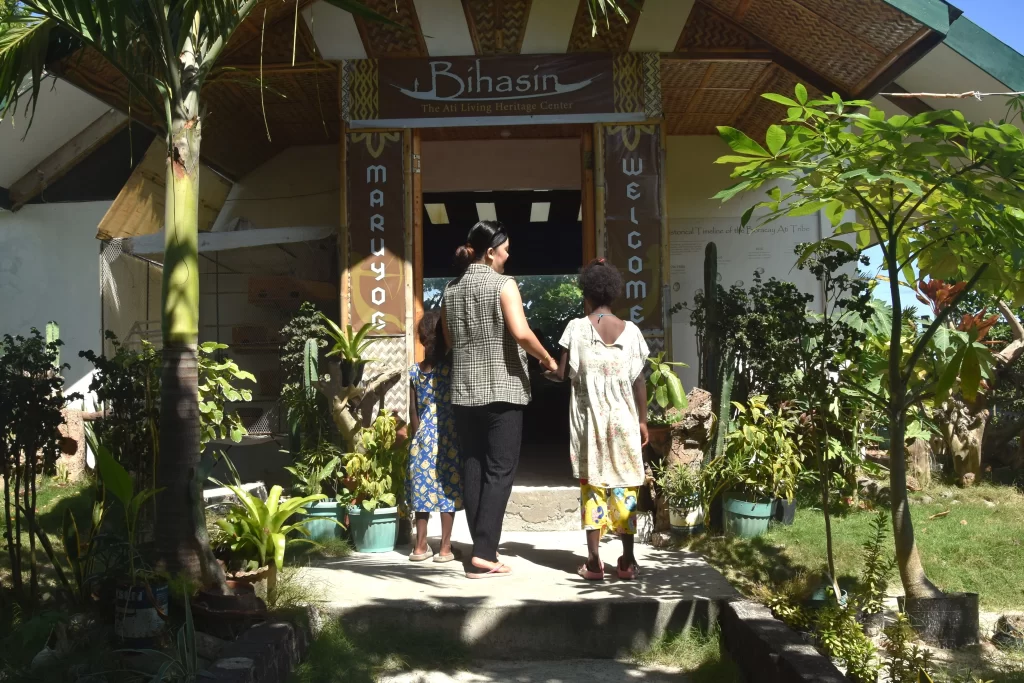
Final Footprints: Walking with the Ati
The story of the indigenous Ati tribe on Boracay Island is one of resilience, cultural pride, and the ongoing fight to protect their ancestral home. As the island gained fame and appeared in international travel magazines as a top destination, the Ati found themselves increasingly displaced from the very land they’ve lived on for generations—despite holding land ownership awards granted by the government.
Even with the pressures of mass tourism and the global spotlight on White Beach, the Ati continue to preserve their customs and traditions in the Philippines’ most visited island. Their community-led initiatives, agricultural projects, and cultural festivals are powerful efforts to reclaim visibility and respect.
As visitors, we can help make a difference. Supporting responsible tourism—from authentic Ati experiences to buying locally made products—helps protect their heritage while honoring the true spirit of Boracay. Let’s ensure that amid the island’s fame, the Ati’s story remains rooted and remembered.
Frequently Asked Questions (FAQs)
The Ati tribe holds significant importance as the original inhabitants of Boracay, embodying a deep connection to the island’s natural resources and cultural heritage. Their presence underscores the need to respect and preserve indigenous cultures in the face of development.
Travelers can effectively support the Ati community by engaging in responsible tourism practices, participating in cultural experiences, and promoting their crafts and products. It is essential to make conscious choices that respect and uplift the community.
The Ati face significant challenges from tourism development, including land ownership disputes, environmental degradation, and economic marginalization. These issues highlight the negative impact of unchecked tourism on their community and livelihoods.
Visitors can learn about the Ati tribe’s history, cultural practices, and traditional crafts at the tribal hall, providing valuable insights into their heritage and way of life.
The best time to visit Boracay is during the dry season, which spans from November to May, with the peak months being December to February due to the cooler weather. This period ensures optimal weather conditions for enjoyable activities and relaxation.


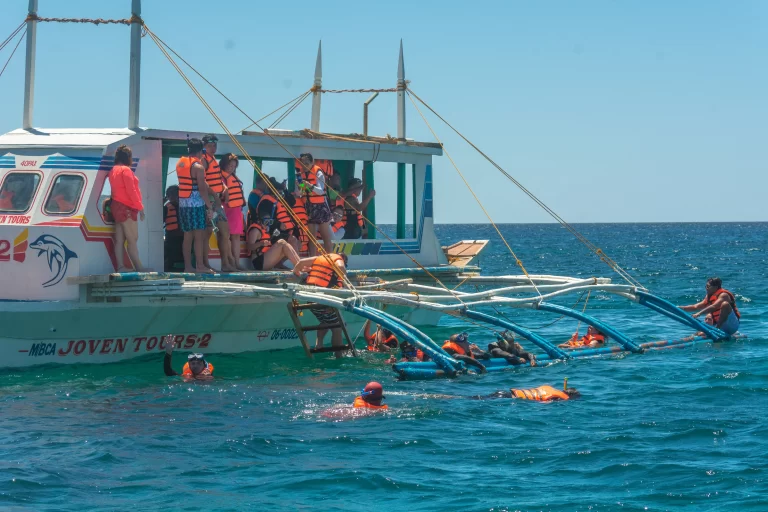
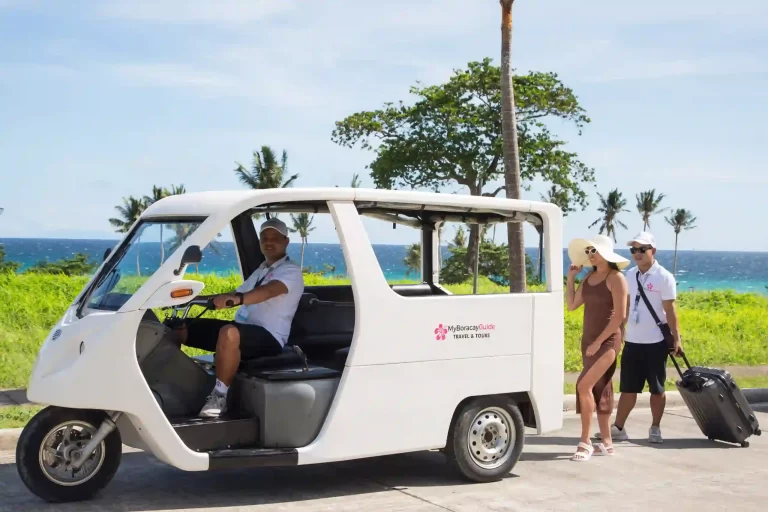
No Comments on Ati Tribe Boracay: Indigenous Culture & Community-Led Tourism